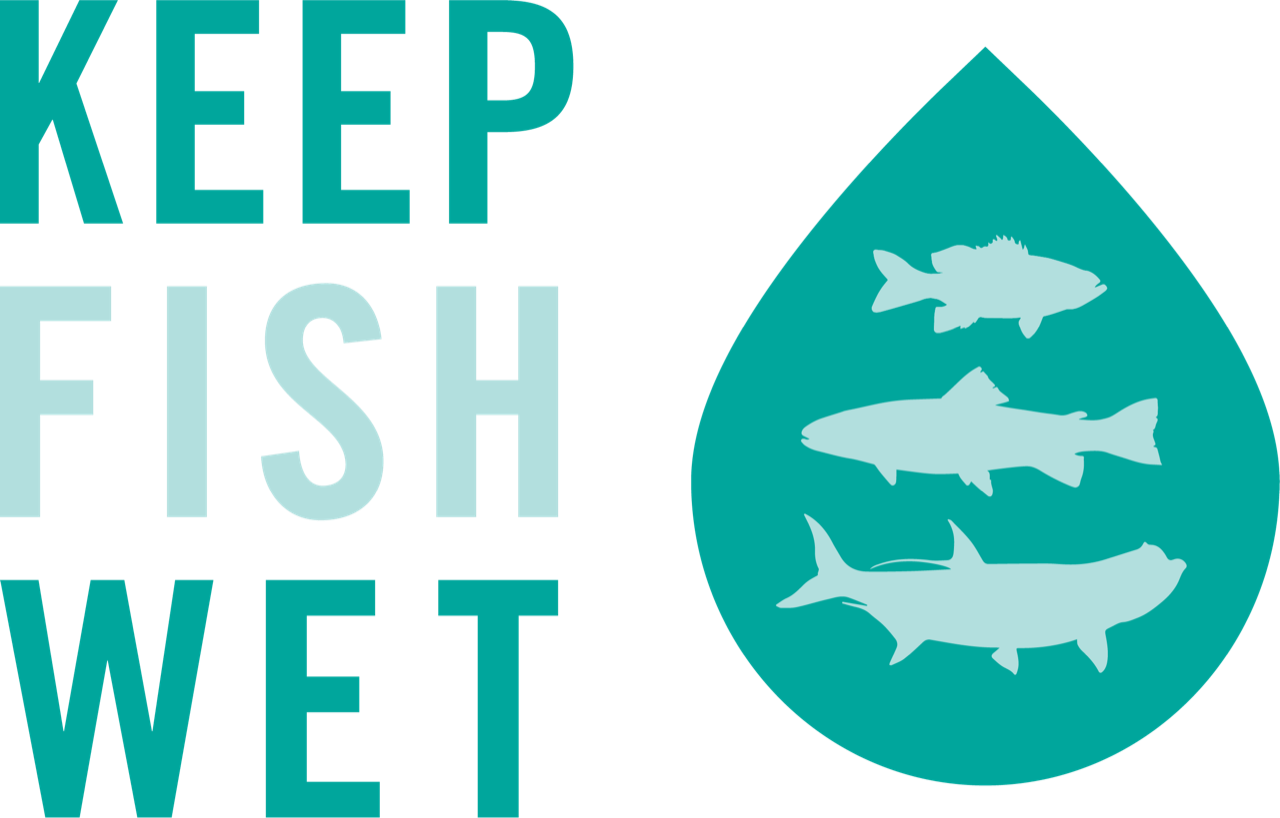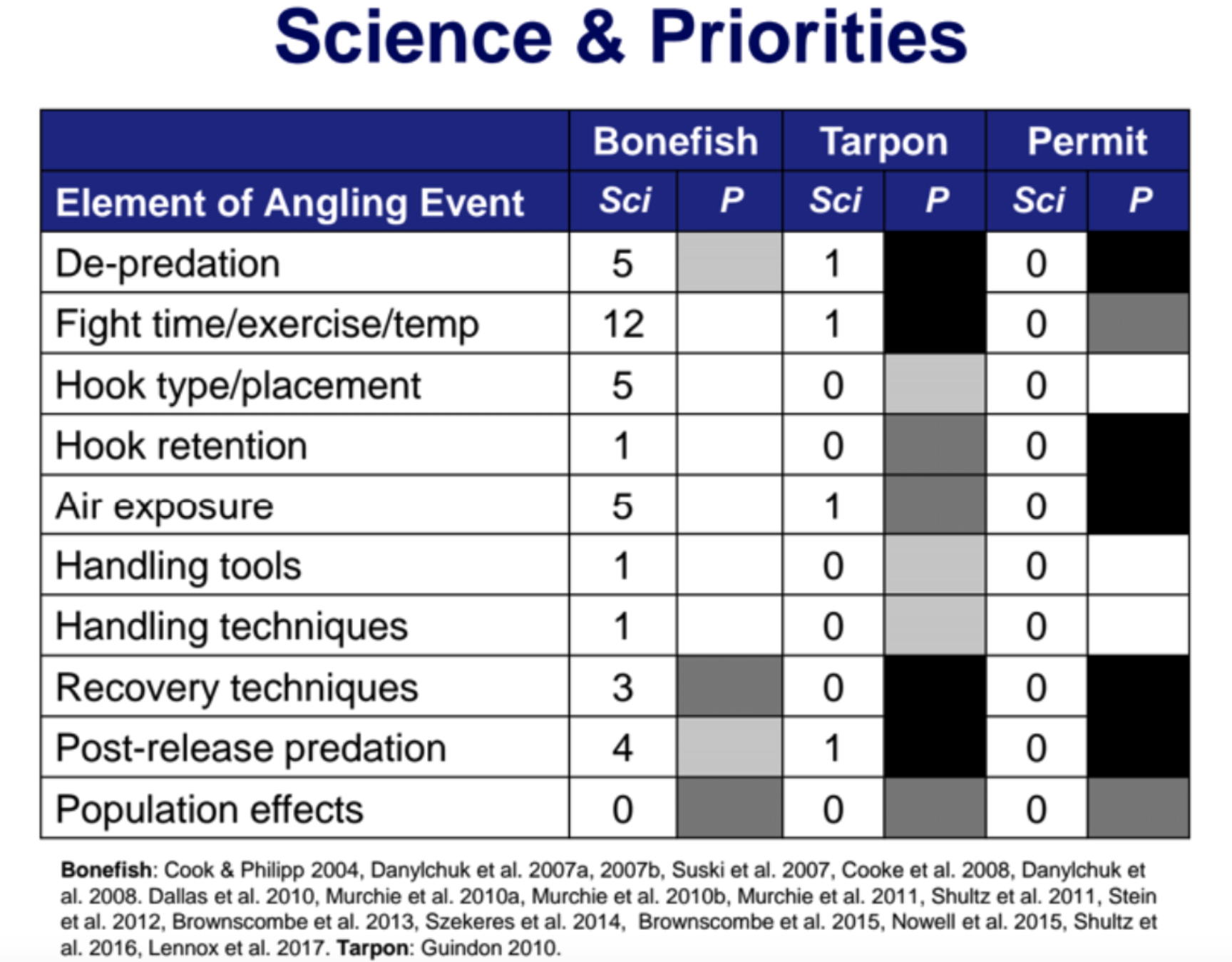Via American Fisheries Society
Tampa, FL) August 23, 2017 – Dr. Andy J. Danylchuk, an Associate Professor of Fish Conservation at the University of Massachusetts, Amherst, received the award for Excellence in Public Outreach today at the 2017 American Fisheries Society (AFS) Annual Meeting in Tampa, Florida. AFS President Joe Margraf presented the award at the meeting’s plenary session. The award for Excellence in Public Outreach is presented to an AFS member who goes the "extra mile" in sharing the value of fisheries science/research with the general public through the popular media and other communication channels.
“We applaud the distinguished contributions of Dr. Danylchuk and thank him for his continuous efforts to share the value of fisheries science and research,” said AFS President Joe Margraf.
Dr. Danylchuk is the Scientific Advisor for the KeepEmWet Fishing initiative (https://www.keepemwet.org), where he has been working with vast networks of recreational anglers, as well as industry and media partners, to effectively communicate best practice guidelines for catch-and-release. He is also the co-chair of the science and policy committee of the American Fly Fishing Trade Association.
Dr. Danylchuk has made three documentary films that have all been finalists in the prestigious BLUE Ocean Film Festival. Some of his films have also been distributed on PBS, and are available on various platforms for educators and the general public. His second film, Raising Shrimp, had its Canadian Premiere at the 2015 AFS annual meeting in Quebec City.
Dr. Danylchuk frequently writes articles for conventional popular media outlets and blog posts that are widely shared, especially within the recreational fisheries community. He is also an ambassador for several recreational fishing companies, including Patagonia.
About AFS: Founded in 1870, the American Fisheries Society (AFS) is the world’s oldest and largest fisheries science society. The mission of AFS is to improve the conservation and sustainability of fishery resources and aquatic ecosystems by advancing fisheries and aquatic science and promoting the development of fisheries professionals. With five journals and numerous books and conferences, AFS is the leading source of fisheries science and management information in North America and around the world.








